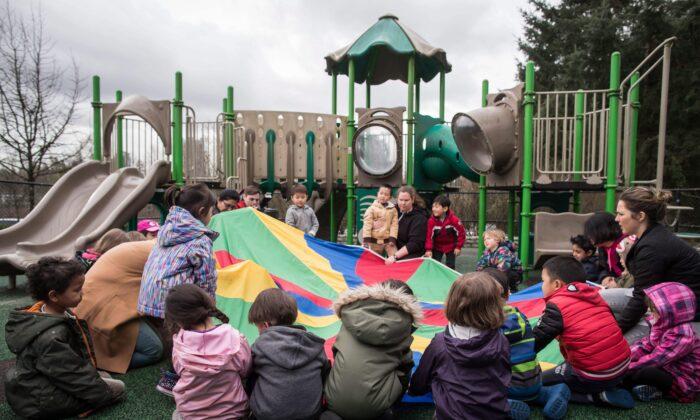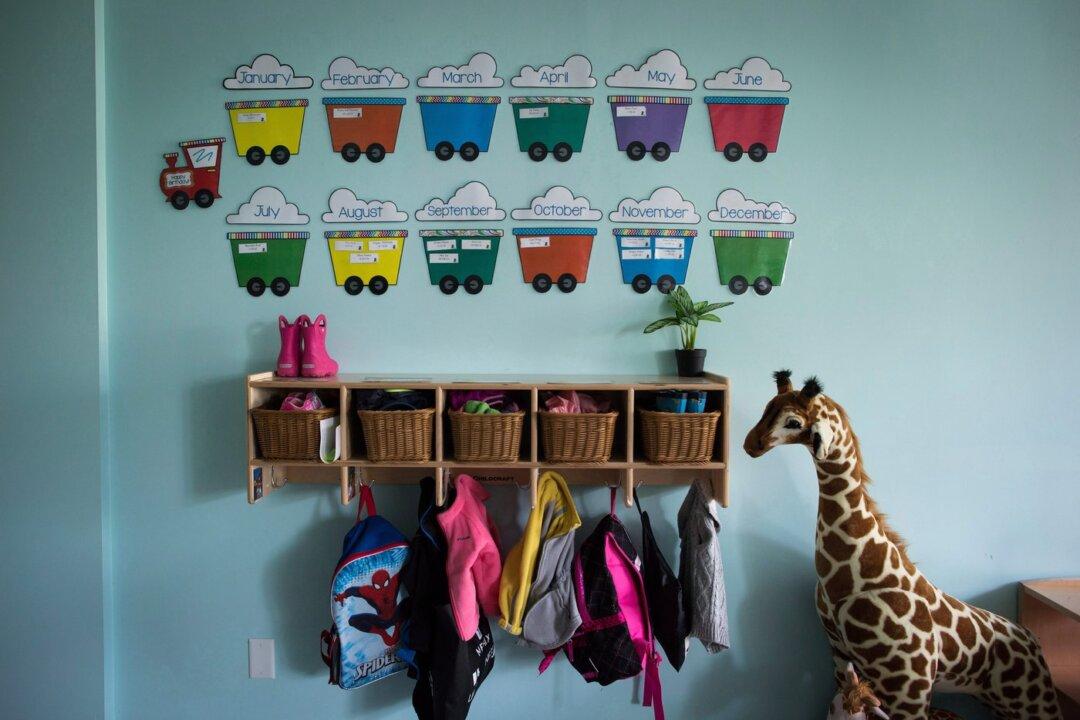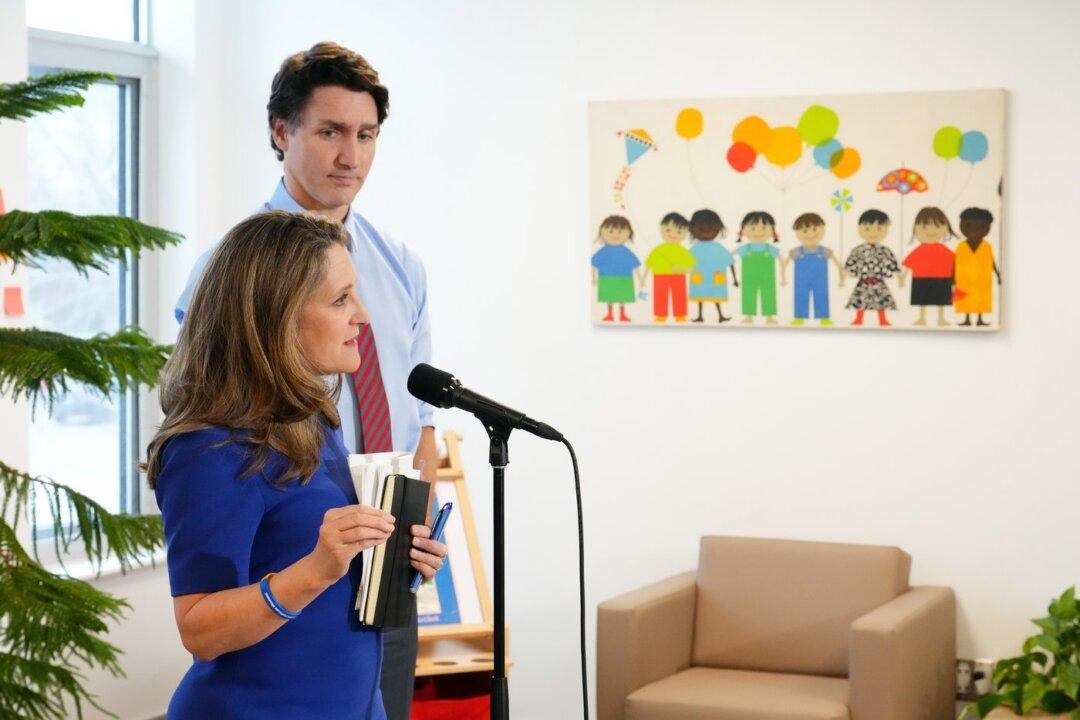Commentary
In Ontario, the Canada-Wide Early Learning and Child Care program (CWELCC), marketed to voters as $10-a-day child care, has resulted in long waiting lists and lack of access for families, suppression of wages for child-care staff, and crushing levels of government red tape.





